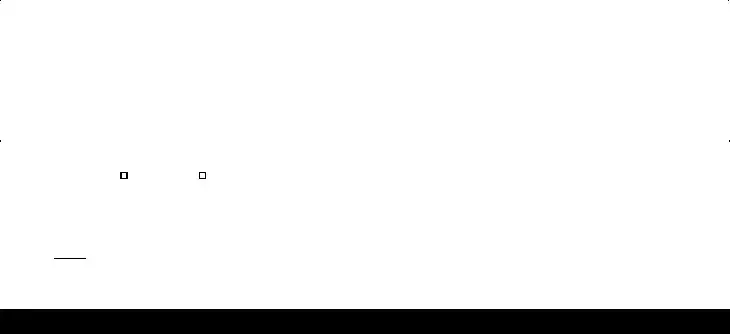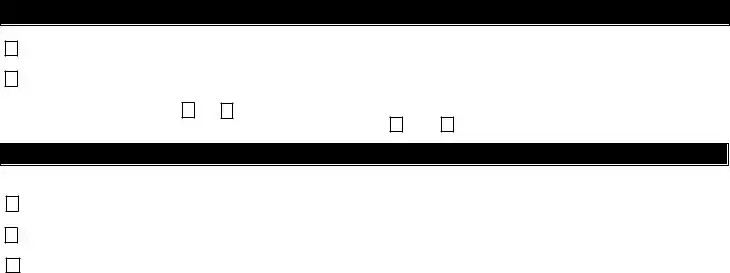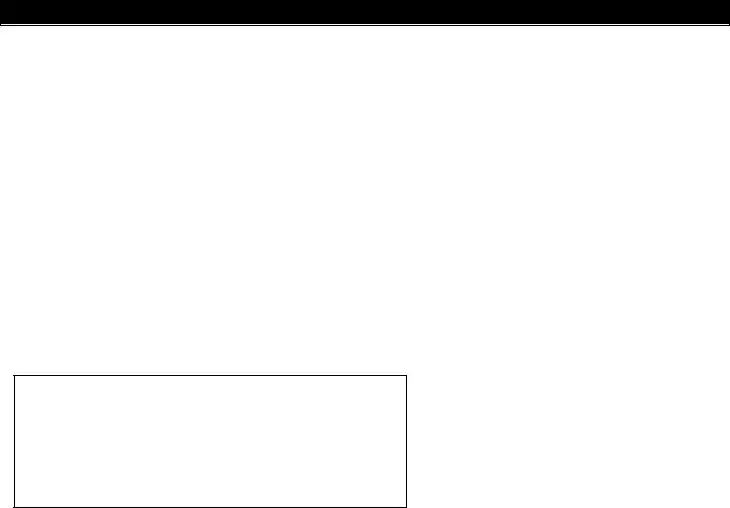The "Change of Beneficiary" form, which policyholders use to update the beneficiary designations on their life insurance policies, shares similarities with the Policy Loan Request form. Both documents require policyholder action affecting the terms or benefits of the policy. Like the loan request, changing a beneficiary impacts the policy's eventual payout, necessitating careful identification of the policy and parties involved.
A "Life Insurance Application" form, where individuals apply for life insurance coverage, has parallels to the Policy Loan Request form. In both cases, detailed personal information, including the insured's name and address, is crucial for processing. Furthermore, both forms might require additional documentation or verification, reflecting the insurance company's need to assess risk and confirm the details provided.
The "Address Change Notification" form, used to update contact information with the insurance company, resembles the Policy Loan Request form in its administrative nature. Both forms involve modifying the policyholder's details on record, underscoring the importance of accurate, current information for communication and processing transactions, including loans against the policy.
A "Life Insurance Claim Form," submitted to request payout upon the insured's death, shares the requirement for precise policy and owner information, similar to the loan request form. Both forms trigger financial transactions from the insurer -- one a loan disbursement, the other a death benefit -- predicated on the policy's details and the contractual obligations of the insurance company.
The "Automatic Premium Loan Provision" form, enabling automatic loan applications against a policy's cash value to cover unpaid premiums, shares functional parallels with the Policy Loan Request form. Both deal with the policy's cash value and loans, although their triggers and purposes differ, demonstrating how policyholders can leverage their policy's cash value in various ways.
A "Policy Surrender Form," used when a policyholder decides to terminate their policy for its cash value, is conceptally akin to the Policy Loan Request form. While one requests a loan against the policy, the other ends the policy -- both involve detailed understanding of the policy's terms and the implications on the policy's value and the insured's coverage.
The "Premium Payment Option Change" form, used to modify how a policy's premiums are paid, relates to the Policy Loan Request form through the landscape of policy management and the impact on cash flows. Altering payment methods and receiving a policy loan both necessitate an understanding of the policy's financial aspects, including cash values and premium payments.
The "Benefit Update Form," which policyholders use to adjust the levels or types of coverage within their policy, engages with policy modifications similar to the Policy Loan Request form. Both forms reflect changes to the policy's structure or benefits, albeit in different contexts, emphasizing the policyholder's role in managing their insurance coverage.
Lastly, the "Collateral Assignment" form, where a policy's benefits are assigned as collateral for a loan, is related in its use of the policy's value in financial transactions. Like the policy loan request, it involves both the policyholder and insurer in a formal agreement about the policy's financial utility, respecting legal and contractual boundaries.



